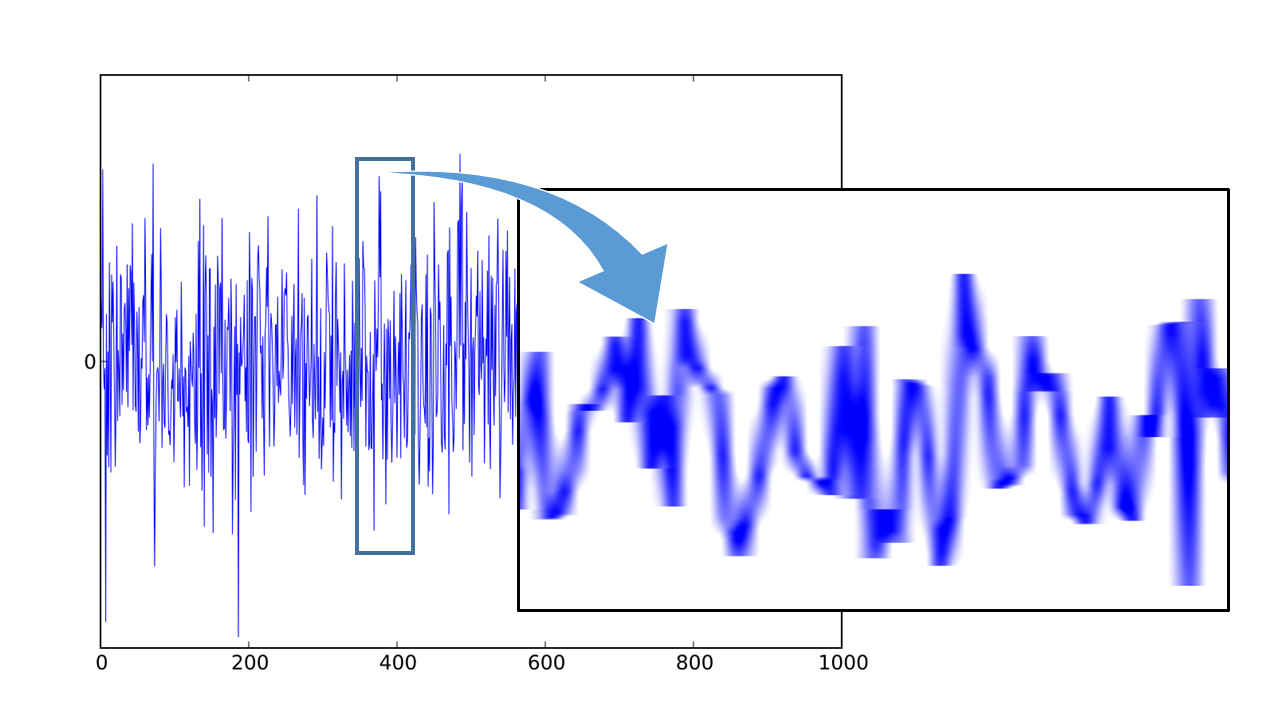“Being intelligent is not a felony. But most societies evaluate it as at least a misdemeanor.”
– Robert Heinlein
“Being intelligent is not a felony. But most societies evaluate it as at least a misdemeanor.”
– Robert Heinlein
Tom Friedman discovered the Internet ten years ago (The World is Flat, 2007). I’m sure you were as pleased for him as I was.
But to be fair to Friedman, he’s a smart feller who sometimes does have useful insights, like, for example, about Digital stuff. Without using the term once — and good for him, especially for not using it as a noun — he recently provided as neat a synopsis of how we should all be using the Digital adjective as I’ve seen (“Folks, We’re Home Alone,” New York Times, 9/27/2017).
Here’s the exact text:
We’re moving into a world where computers and algorithms can analyze (reveal previously hidden patterns); optimize (tell a plane which altitude to fly each mile to get the best fuel efficiency); prophesize (tell you when your elevator will break or what your customer is likely to buy); customize (tailor any product or service for you alone); and digitize and automatize more and more products and services. Any company that doesn’t deploy all six elements will struggle, and this is changing every job and industry.
Let’s take a closer look:
Analyze: In Friedman’s view this means finding patterns, presumably through the use of multivariate statistical techniques, leading to the well-known logical fallacy of thinking correlation proves causation.
For businesses, though, the framework of causality that leads to a pattern often doesn’t matter. If the data reveal a pattern — say, that the presence of fire fighters correlates with the presence of fires — it really doesn’t matter if the fire fighters are setting the fires or putting them out. What matters is that this is a good place to put a lemonade stand, because the data also reveal the pattern that fire fighters who are near fires are often thirsty.
Optimize: I know the route to the airport. But I still use Google Maps to get me there. Why? Google will route me around traffic snarls to get me there faster.
More broadly, we’re leaving the age of fixed-flow linear processes in favor of processes that dynamically adapt to changing situations. Take, for example, the OODA loop we’ve discussed in this space from time to time (observe, orient, decide, act).
More and more data (observe) means you need to use Digital technologies to analyze it for meaning (orient), followed by self-learning AI choosing a course of action (decide) and learning from the results (back to observe). Humans might or might not be involved in implementing the decision (act), depending on whether the action takes place in the physical or virtual world.
Prophesize: Look at the figure. It shows white noise. Since business first started eons ago, the best strategic decision-makers have learned to ignore noise, searching for the signal within it.
But as algorithmic traders have figured out, if you can make decisions fast enough the noise can be the signal. You just have to be able to respond to each change of direction fast enough. Do this and it counts as prophesy: “For the next x units of time we should expect our markets to follow this very short-term trend.”
Customize: Here’s something I’ve been writing about for years. Especially with increasing wealth stratification, the ability to tailor and customize, driven by affluent customers’ desire for uniqueness, will be a critical competitive differentiator. Luxury is, after all, relative, not absolute, which is why even the snazziest-looking Timex watch that keeps perfect time is not a luxury, while a Rolex, which, having a mechanical movement, keeps nothing resembling perfect time, is a luxury for those few who can afford one.
Digitize and Automate: I don’t know what the difference is between “digitize” and “automate.” I’m pretty sure one, the other, or both mean “have the computer do it, not human beings.”
Either way, the idea is that businesses can reconfigure themselves more quickly when everything is done in software. And they can, assuming modern application architecture, modern integration architecture, and short-cycle-time techniques like the Agile/DevOps combination.
Collaborate: This is a big one, and Friedman missed it. Individuals can’t do everything all by themselves. That takes teams, and teams of teams. Not groups. Teams. The difference: Members of a team trust each other and collaborate. Members of a group trust nobody, and negotiate. This slows everything to a crawl.
Companies can’t do everything all by themselves either, so the teams and teams of teams in question often consist of employees from more than one company. If they can and do trust each other they can collaborate. If they can collaborate they can deliver terrific results together. If they can’t they probably can’t.
So let me ask you: How much is your company willing to invest in trust?